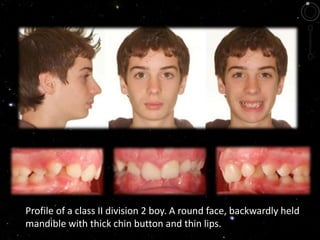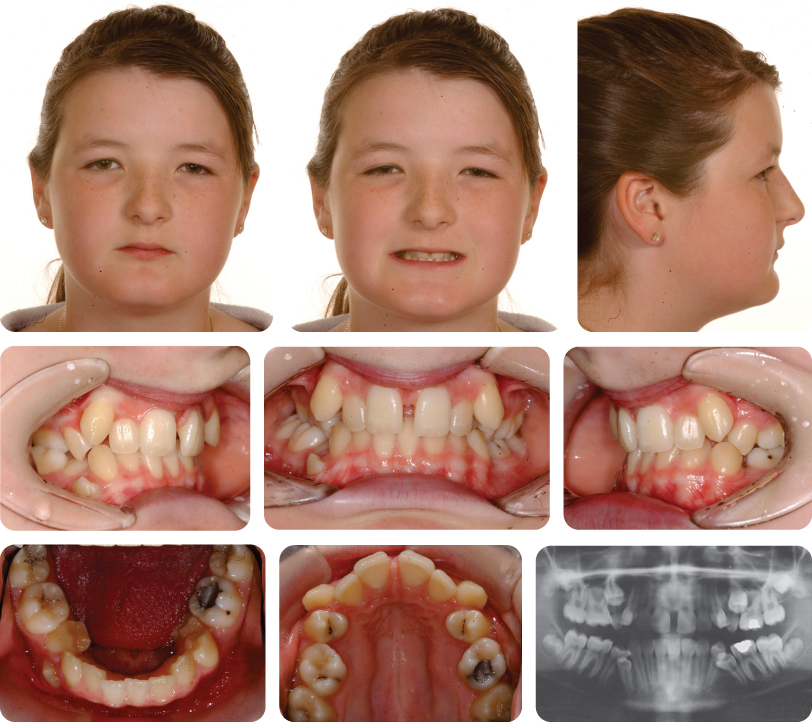class ii division 2 subdivision
Class II division 2. Class II Division 2 subdivision left malocclusion associated with anterior deep overbite in an adult patient with temporomandibular disorder.
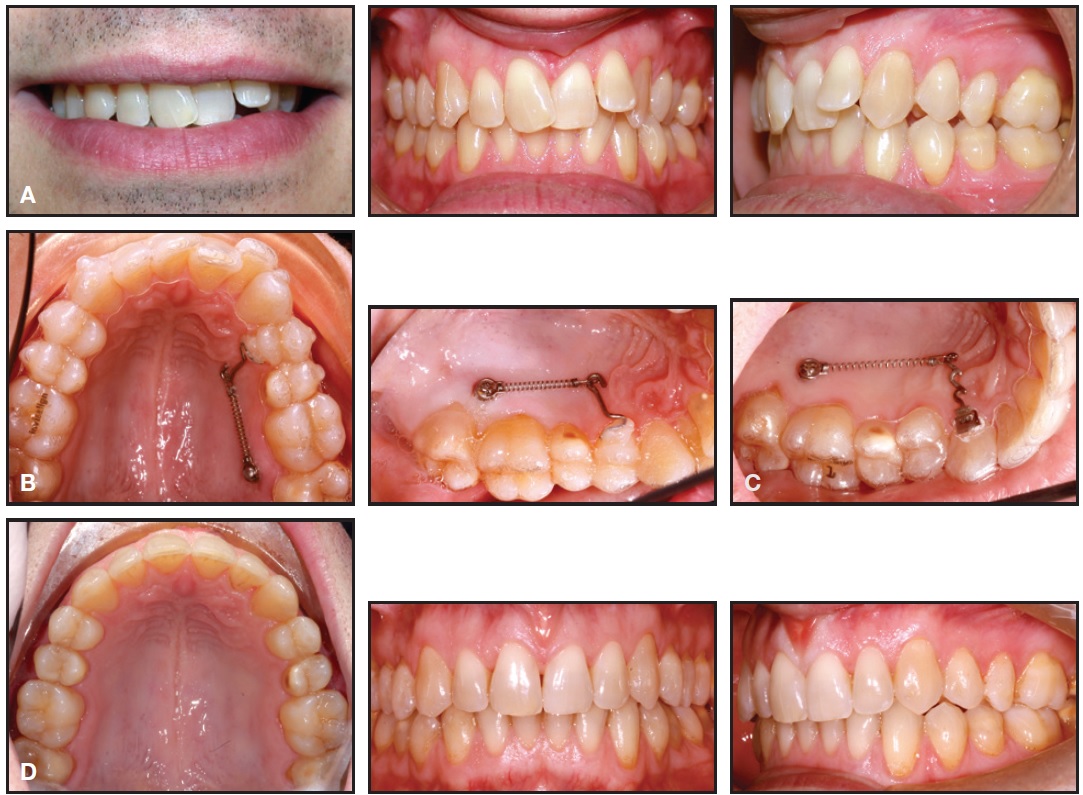
Creative Adjuncts For Clear Aligners Part 1 Class Ii Treatment Jco Online Journal Of Clinical Orthodontics
A class II division 2 malocclusion is a subdivision of the Angle class II classification and is defined by a class II division 2 incisor relationship with the incisal edges of the mandibular incisors occluding posterior to the cingulum plateau of the maxillary central incisors which are retroclined.
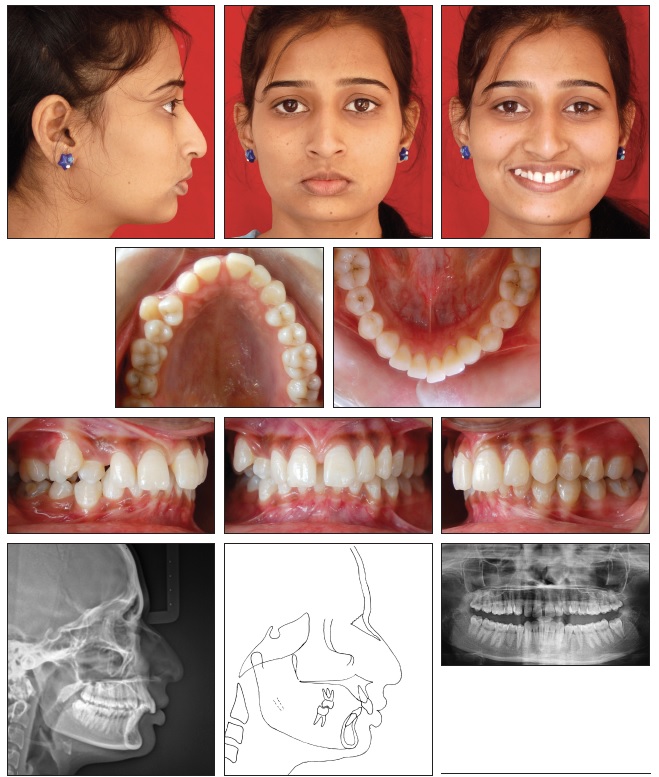
. However it was also explained that Class II Division 2 subdivision left and anterior deep overbite are contributing factors to increase the pain and discomfort in TMJs. For the Class II Division 2 subdivision group included. Patients with Class II subdivision malocclusions have long been a treatment challenge for clinicians1 2 Treating asymmetric malocclusions is inherently more difficult than treating symmetric malocclusions since symmetry in 1 arch or both arches must be reestablished usually with asymmetric extractions mechanics or surgery.
Interesting trends were noted with regard to treatment strategies midline and molar corrections and mandibular incisor proclination. The upper incisors are tipped backward and hide the fact that. Class II subdivision malocclusions were grouped into 3 main categories.
Codemaster Electrical OP 29 May 03 1500. Class 2 Division 2 involves enclosing equipment in a manner that excludes dust and doesnt permit arcs sparks or heat inside the enclosure to ignite accumulations or suspensions of dust on or in the vicinity of the enclosure. Class II subdivision represents 50 of all Class II malocclusions with responsible primary factor being a deficient mandible caused by either a reduced height of the ramus or a reduced length of the mandibular body on the side of the Class II.
The developing Class II Division 2 malocclusion Fig 1-ab. Treatment of Class II subdivision malocclusion is challenging and orthodontists frequently struggle to determine the choice of treatment. Class II division 2.
The malocclusion was classified as Class II Division 2 characterized by the upright and retroclined position of upper central incisors in conjunction with excess vertical overbite and an excessive interincisal angle. 4 Overjet 4 mm. Class II Division 2 Enclosures.
Brezniak 8 identifiedpathognomonic cephalometric. Class II locations are divided into three groups EFG. Division 2 cases are often characterized by severe deep bites lingually inclined upper central and lower incisor and labially flared maxillary lateral incisors.
This article describes our treatment of Class II division 2 adult patients requiring premolar extractions. The class II division 2 differs from division 1 by the following characteristic. Class II Division 2 subdivision le n ormal overjet an- terior deep ov erbite with a deep mandibular curve of Spee and extruded mandibular incisors and canines.
Class II location groups are determined by. The largest category was mandibular asymmetry. Several treatment modalities have been proposed for correcting these types of malocclusion.
Class II Division 2 malocclusion. 1 All of the above criteria as stated for the Class II1 group. 1 Flat mandibular plane 2 Increasesd posterior facial height 3 Short lower anterior facial height resulting in both upper and lower lip having a more everted.
The discrepancy between the upper and lower teeth does not match the discrepancy between the upper and lower teeth where the molars and canines are located red and blue arrows. With these clarifications the patient decided to undergo orthodontic treatment to improve his dental occlusion and affirmed that he was fully aware that orthodontic treatment could have no effect. Thus the aim of this case report is to present dentoalveolar and fac.
Class II Division 2 subdivision left malocclusion associated with anterior deep overbite in an adult patient with temporomandibular disorder Ivan Toshio Maruo1 The orthodontic treatment of patients with chief complaint of temporomandibular disorders TMD presents doubtful prognosis due to the poor correlation between malocclusions and TMDs. Incisor relationships are unique. NEC 5002 defines dustight as enclosures constructed so that dust will not enter under specified test.
Dust explosive atmospheres are hazardous due to the presence of combustible dusts fibres or flyings. Several articles have investigated and discussed the development of this asymmetric molar relationship in Class II subdivision cases28 According to results derived from two-dimensional imaging studies most Class II subdivision malocclusions are dentoalveolar in origin while a skeletal contributiondue to an asymmetric mandibleseems to exist in only. These patients also tend to exhibit problems with the.
In most patients with Class II subdivision malocclusion the maxillary dental midline is. The ignition temperature of the dust the electrical conductivity of the dust and the thermal blanketing effect the dust can have on heat-producing equipment such as lighting fixtures and motors. Prologue Patients with Class II subdivision malocclusions have Class I characteristics on one side and Class II characteristics on the other primarily because of the distal positioning of the mandibular first molar in relation to the maxillary first molar on the Class II side.
Small combustible dust particles can burn easily and ra. 3 Mandibular plane to Frankfurt horizontal angle. 2 Maxillary central incisor to Sella-Nasion line.
Class II Division 2 is where the maxillary anterior teeth are retroclined and a deep overbite exists. Malocclusion Angle class II subdivision 710782002 Definition A distal placement of the mandibular molar a mesial relationship of the maxillary or a combination of the two. During an average follow-up of 24 years death from any cause or a nonfatal heart failure event occurred in 172 of patients in the CRT-ICD.
Class I Division 1 Class I Division 2 Class II Division 1 Class III Division 1. Skeletal Class II division 2 Mandibular deficiency Class II div 2 with a small mandible the decreased size is localized more to the mandibular body Mandibular Ramus is of normal lenght Cephalometrically. NEC 5024 B 4 requires all boxes and fittings to be dusttight.
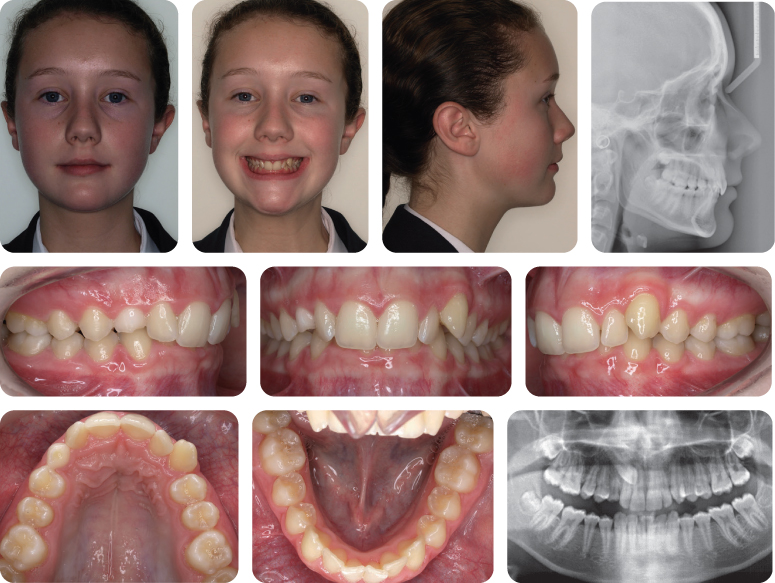
5 Class Ii Division 2 Malocclusion Pocket Dentistry

Angle S Classification For Malocclusions Dentalnotebook

Pdf Class Ii Division 2 Subdivision Left Malocclusion Associated With Anterior Deep Overbite In An Adult Patient With Temporomandibular Disorder Semantic Scholar

Class Ii Division 2 Dr Sylvain Chamberland Orthodontiste

Orthodontic Management Of Class Ii Malocclusion With Unilateral Transposition Jco Online Journal Of Clinical Orthodontics

Pdf Treatment Of Class Ii Division 2 Malocclusion With Miniscrew Supported En Masse Retraction Is Deepbite Really An Obstacle For Extraction Treatment Semantic Scholar

Class Ii Division 2 An Introduction To Orthodontics 2nd Edition

Class Ii Division 2 Dr Sylvain Chamberland Orthodontiste

Pdf Treatment Of Class Ii Division 2 Malocclusion With Miniscrew Supported En Masse Retraction Is Deepbite Really An Obstacle For Extraction Treatment Semantic Scholar

Class Ii Treatment Photos Orthodontics Cary Nc Clayton Nc

Combined Orthodontic Orthopedic Treatment Of An Adolescent Class Ii Division 2 Patient With Extreme Deepbite Using The Forsus Fatigue Resistant Device Pocket Dentistry
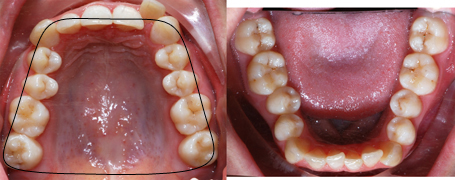
Class Ii Division 2 Dr Sylvain Chamberland Orthodontiste

Advances In Management Of Class Ii Malocclusions Intechopen
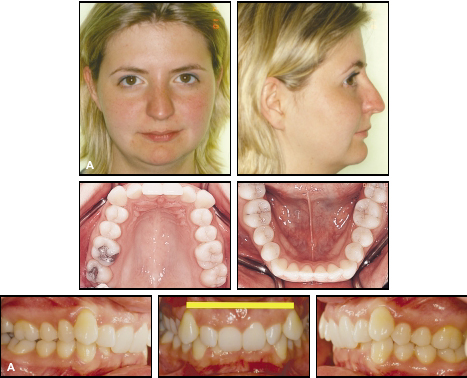
Treatment Of Class Ii Division 2 Malocclusion In Adults Biomechanical Considerations Jco Online Journal Of Clinical Orthodontics
